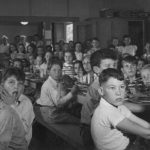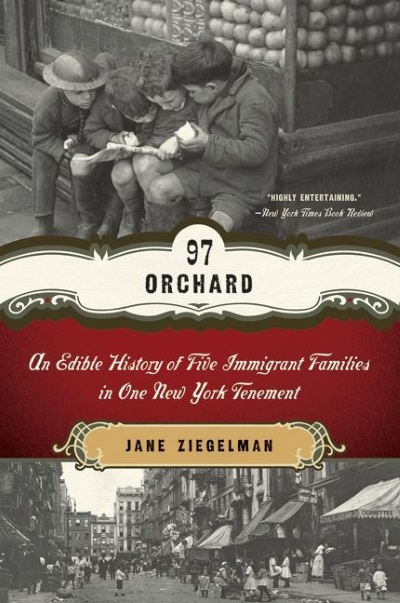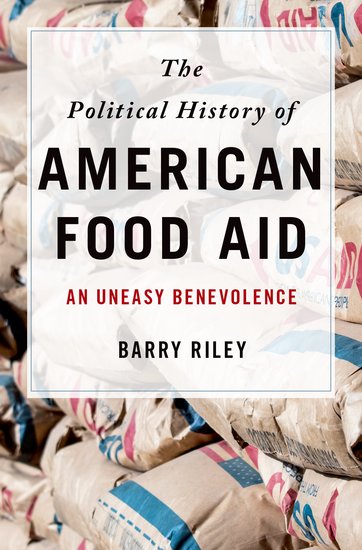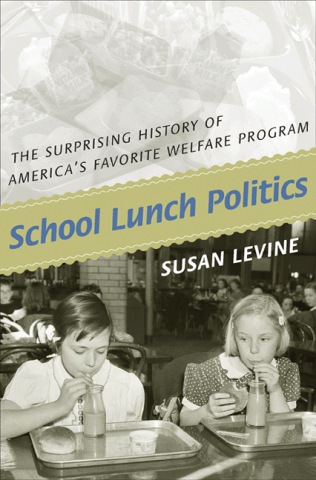A few days before Thanksgiving in 1908, the home economist Mabel Hyde Kittredge initiated a school lunch program at an elementary school in Hell’s Kitchen, serving soup and bread to hungry children in the infamous Manhattan neighborhood. The following year, she founded the School Lunch Committee (SLC), a voluntary organization dedicated to improving the nutritional health and educational prospects of school children. By 1915, the SLC was serving 80,000 free or low-price lunches a year to children at nearly a quarter of the elementary schools in Manhattan and the Bronx. Most of the schools were located in the city’s poorest districts, all the food served was inspected by the Health Department, and the meals were nutritionally balanced and tailored to the ethnic tastes and religious requirements of different school populations.
With the hope of expanding the service and making it a permanent function of New York City’s public schools, the SLC transferred control to the Board of Education in 1919. However, the Board drastically reduced meal service and mostly replaced it with a for-profit concessionaire system with no public health or educational mandate, no nutritional requirements, no food safety inspections, no reduced-price or free meals for poor children, and virtually no oversight of any kind.
See: “The Penny Lunch Has Spread Faster than the Measles”: Children’s Health and the Debate over School Lunches in New York City, 1908–1930″ by Andrew R. Ruis in the History of Education Quarterly (2015) full-text pdf







